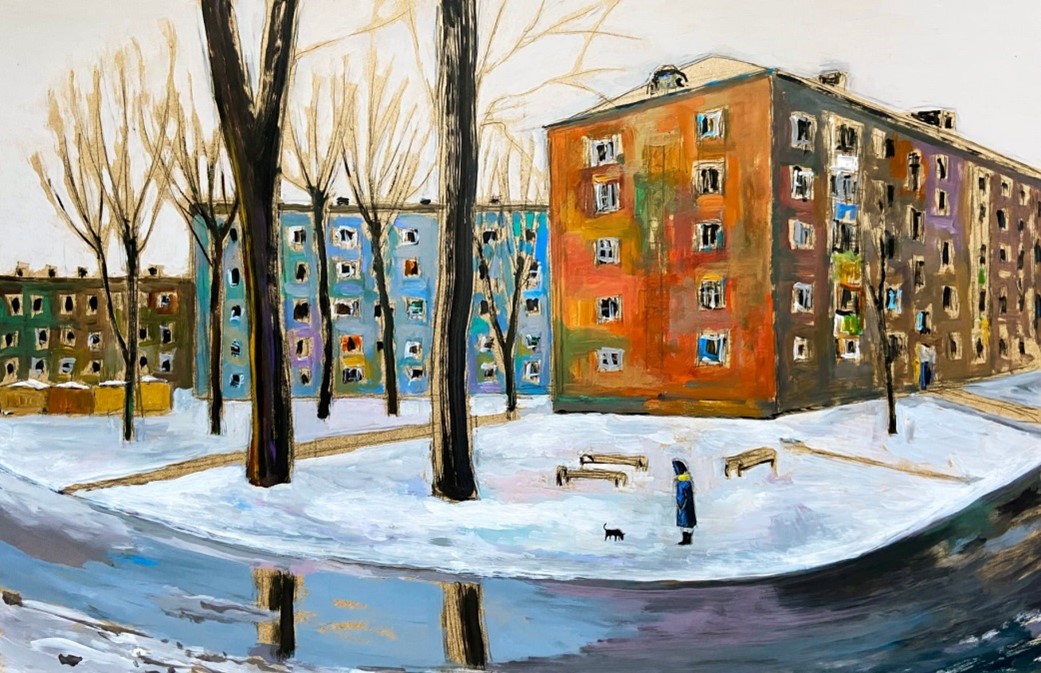Erarta Museum presented an exhibition by the Spanish artist and photographer José Manuel Ballester whose works are aptly described by art critics as ‘masterpieces in absentia’
-
A provocative series of images which shows iconic paintings by the old masters devoid of their protagonists
‘Elimination exercises’ bringing to the fore unexpected details, landscapes, and interiors
Nearly twenty large-scale canvases replicating the original artworks by Hieronymus Bosch, Sandro Botticelli, Leonardo da Vinci, Jan Vermeer, Diego Velázquez, Pieter Bruegel the Elder, and other masters of the past as closely as possible
José Manuel Ballester is a Spanish photographer and painter whose creative experiments spark the imaginations the world over. Already an established and successful artist, he gained particular renown for his provocative series of images which shows iconic paintings by the old masters devoid of their protagonists. Referring to these works as ‘elimination exercises,’ Ballester brings to the fore precisely those details which used to go unnoticed – unexpected objects, architecture, nature, and cityscapes – thus stressing the importance of space that was previously seen as merely the setting for human presence. Landscapes and interiors become the main characters and the main subjects of paintings. Completely deserted, famous masterpieces seem to lose something, and yet at the same time gain new meanings, turning into artworks in their own right. Most of them will leave the viewers wondering: is this before the characters arrived or after they left? Any answer would be correct: the painting emerges as the extension of ourselves and our imagination. The viewer is immersed in the magic of contemplation and meditation, coming up with new scenarios of what is about to happen. Art critics might call these pictures ‘masterpieces in absentia.’
The artist processes digital files, aiming for complete likeness with the original paintings, carefully preserving the signature style of their creators, imitating textures and colours, copying every tiny detail. Ballester’s works replicate old masterpieces in every possible way, including their dimensions.
And once the modern technology causes every living being to disappear from the canvas, we notice that life still goes on, albeit of a different quality: not a single guest at the festively set table, not a soul in the battlefield, forest, streets, and squares utterly abandoned. All this inevitably resonates with the audience, reminding us of the recent events. Doesn’t it look like the desolate European cities during the pandemic? Thus the centuries-old masterpieces suddenly ring with new relevance.
Ballester reinvents the most instantly recognisable scenes, favouring mythological, religious, historical and genre paintings by the Dutch and Italian old masters. The Garden of Earthly Delights by Hieronymus Bosch now resembles a playground scattered with lost toys, the empty Christ Crucified by Diego Velázquez hints at the idea of Resurrection, while Fra Angelico’s Annunciation without its angels tells the story of Ballester’s own loss: what used to be the favourite picture of the artist’s departed close friend is now completely barren.
Today we encourage you to approach the iconic masterpieces from a different angle and gain new insight into them.
Erarta Museum would like to thank Dmitry Yusov and Elena Sarapkina, founding directors of the Cultural Diplomacy Foundation, for their assistance in organising this show.








